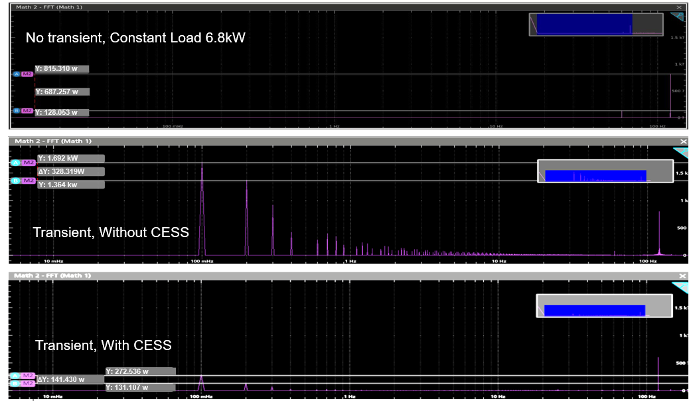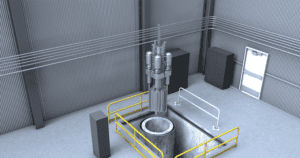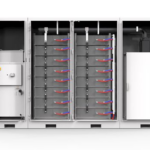
Data center operators are keenly aware that securing access to the grid is job number one on their to-do list. But the extraordinary demand placed on the grid by artificial intelligence (AI) and high-performance computing (HPC) has another concern rapidly ascending the list: power quality. While data centers running traditional workloads have largely solved for power quality, AI/HPC applications are raising new challenges as the nature of compute changes.
The Consequences of Poor Power Quality
Compute-intensive, time-sensitive AI processing and inferencing are particularly vulnerable to power anomalies such as voltage fluctuations, frequency deviations, harmonics, outages, and transient events. The consequences can be harsh, causing:
- Processor errors, memory instability, and storage system failures that interrupt access to data and corrupt results.
- Unreliable, unrepeatable training results, latency spikes, and timeouts that affect model and algorithm integrity.
- Node failures that affect large AI workloads running across multiple servers.
- Brownouts that reset systems or drop active sessions.
- Overheated power supply units or converters in high-density AI racks.
- System throttling that initiates thermal shutdowns to protect components.
- Transformer failure, which can be particularly costly in terms of downtime.
Data Centers: A Source of ‘Dirty’ Power
Generally, voltage follows a rolling wave characterized by smooth, periodic oscillations. International standards for steady state loads established in the mid-1990s governing harmonic currents, voltage flicker, and other factors have served data center operators well. But AI models cause massive, sudden surges in power usage, making “white space” within a data center—the room housing information technology (IT) equipment such as servers, storage, and networking gear—the source of distortion.
Drawing power in rapid, uneven bursts generates harmonics that distort the voltage wave. The high-frequency switching used in servers to regulate voltage adds even more electrical noise to the mix. And extreme weather events such as heat waves can further amplify harmonics as variable frequency drives (VFDs) adjust the electrical power supplied to cooling fans. If not properly filtered, all this chaos can be fed back into the grid itself, damaging sensitive equipment far from the source.
“Dirty” power rife with harmonics, voltage distortions, transients, imbalances, and other irregularities also increases energy loss, because power generation and transmission become less efficient.
A New Solution for Subharmonics
While harmonics from AI workloads can be mitigated through a variety of approaches, there are significant issues with subharmonics—oscillations at frequencies that are a fraction of the fundamental (base) frequency. Load pulsing exacerbates them. Subharmonics not only can degrade power quality and create issues with local generators, but also destabilize DC/DC converters, cause overheating, and lead to premature equipment failure. Power supply solutions such as active harmonic filters, harmonic-mitigating transformers, and uninterruptable power supply (UPS) systems don’t resolve them.
New technology is addressing the challenges arising from AI/HPC computing. This new groundbreaking technology, known as capacitive energy storage system (CESS) supports and balances power supplies during large voltage or current surges caused by sudden changes in electrical loads (Figure 1). It counteracts the subharmonics without amplifying power and cooling requirements or shortening the lifespan of the chips running the AI/HPC workloads.

Take an Active Role in Assuring Power Quality
With compute intensifying and data centers proliferating, “better safe than sorry” is a good rule of thumb. Generally speaking, the grid is on the receiving end of dirty power. If the grid infrastructure is outdated or overloaded, it can spread disturbances back to the source and to other users, which is not only a financial and operational risk, but also a reputational one, too. It is in data center operators’ best interests to do their part to clean it up by:
- Consulting on harmonics ahead of system design.
- Considering not just harmonics, but subharmonics as well.
- Deploying active, “smart” harmonic filters.
- Using power factor correction equipment.
- Installing isolation transformers that restrict noise and harmonics.
- Collaborating with utilities to forecast and smooth large AI loads.
- Adhering to utility interconnection standards.
Solve System-Level Challenges
The moment power quality begins to erode, consequences pile up. Power quality is a system-level problem requiring system-level solutions. New technology is allowing data center operators to improve their power quality and overall impact on the grid, ultimately solving for subharmonics.
—Chris Butler is president of Embedded and Critical Power with Flex.









